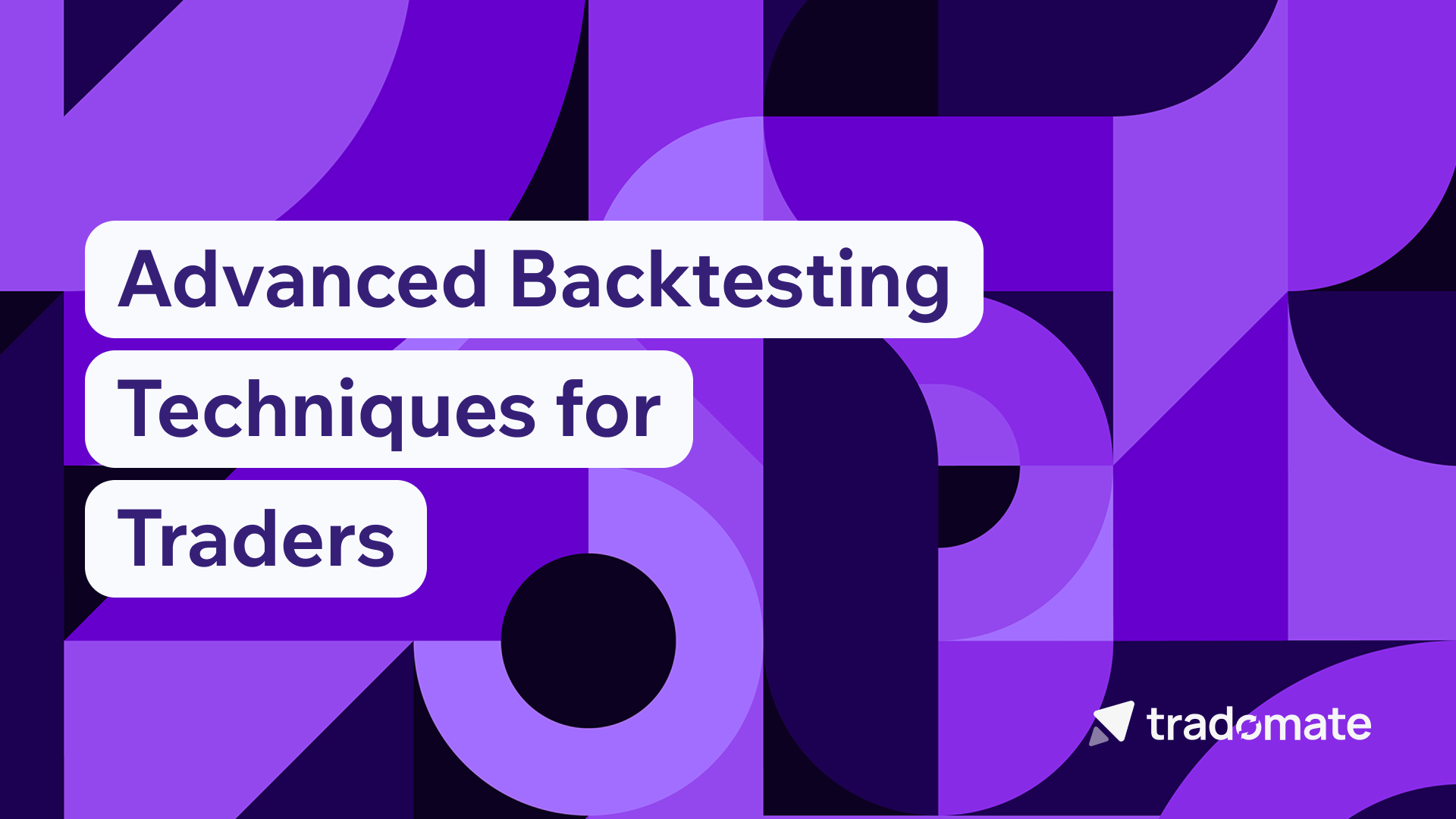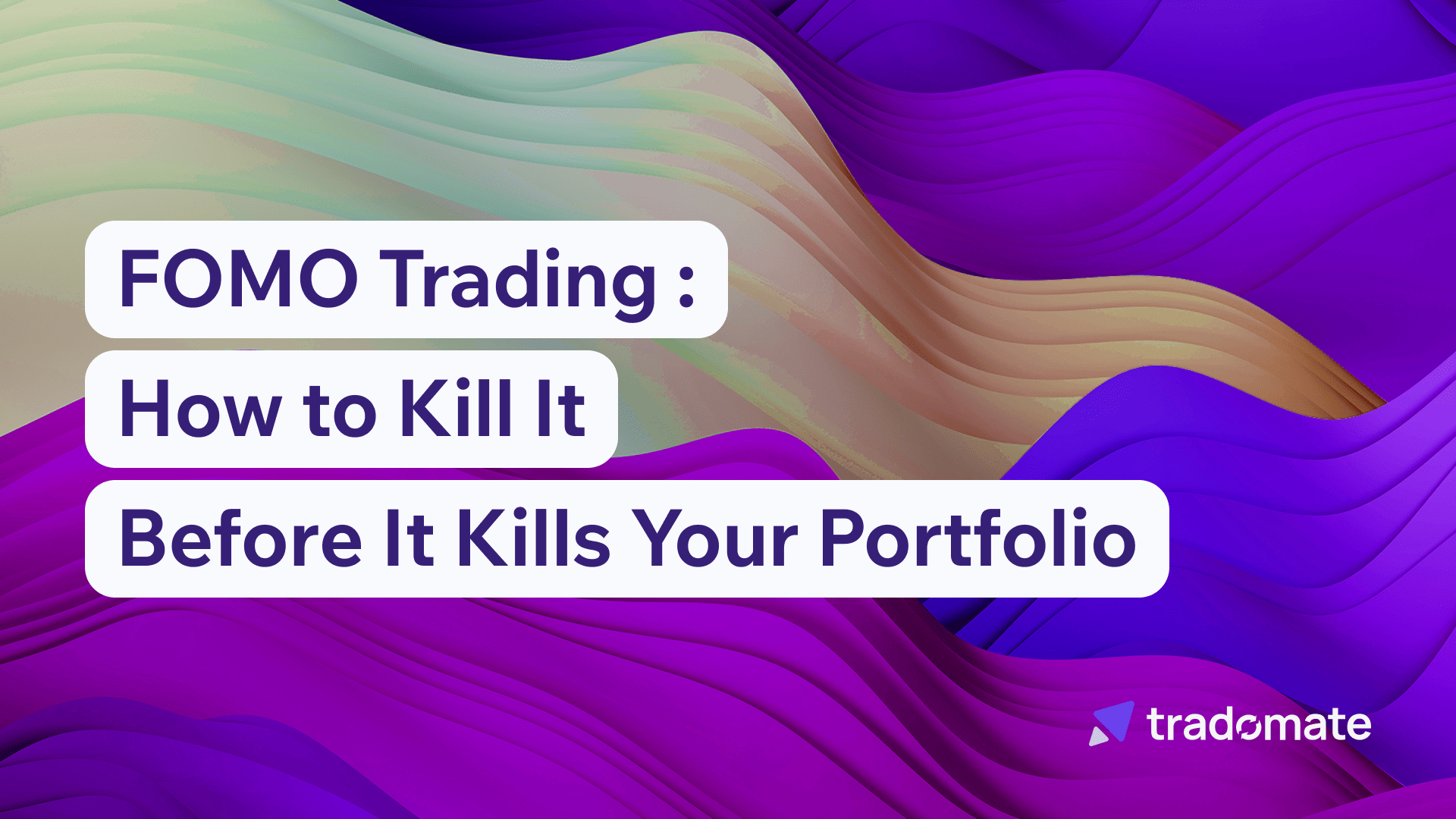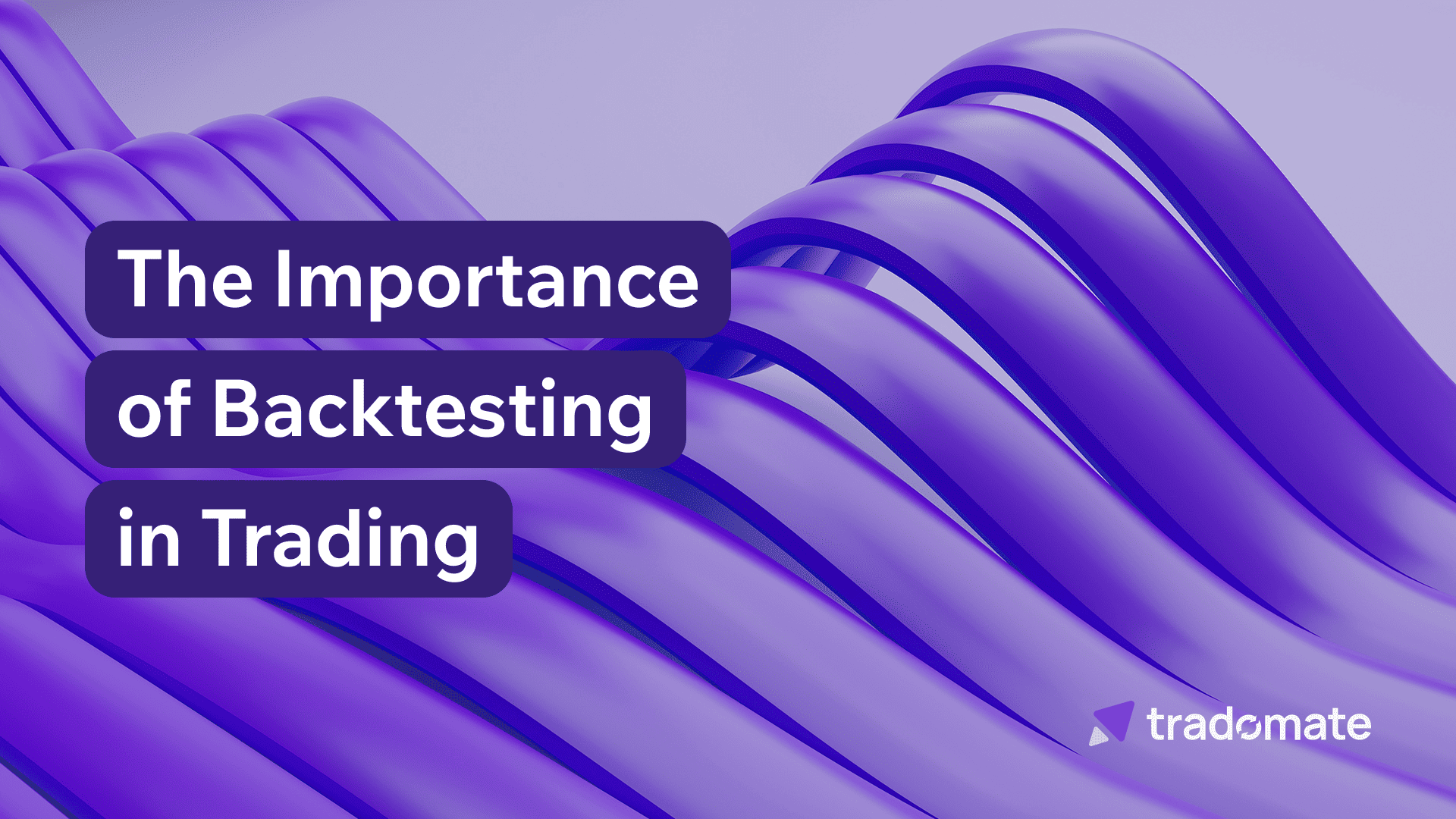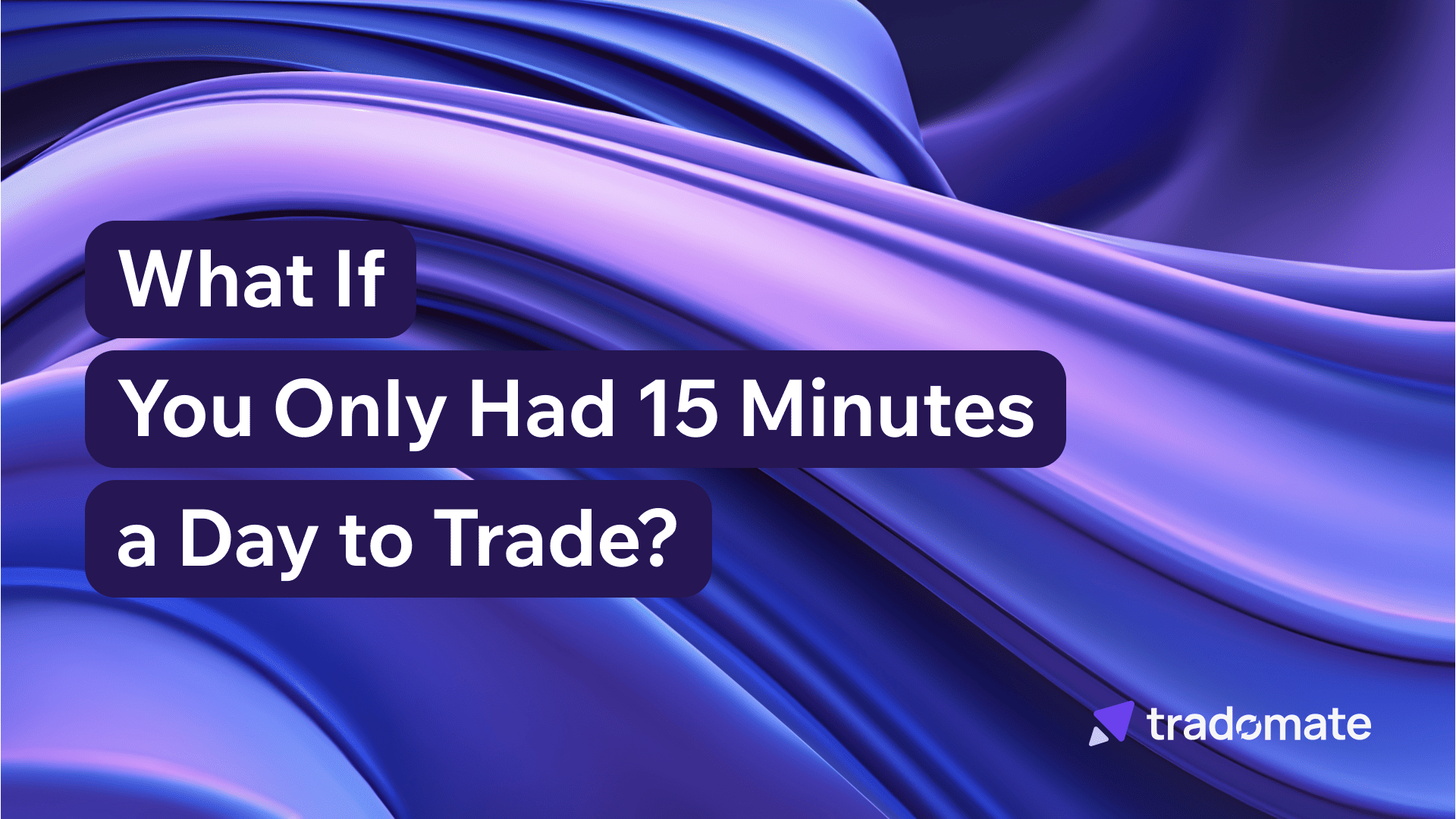Advanced Backtesting Techniques for Traders
Explore cutting-edge backtesting techniques to enhance your trading strategies. Learn how Tradomate.one’s advanced tools can help you assess strategy viability, manage risk, and optimize performance.


As traders become more sophisticated in their approach to the markets, the need for advanced tools to refine their strategies becomes paramount. Basic backtesting might give you a starting point, but advanced techniques allow you to truly understand the nuances of your strategy.
This blog will explore these advanced backtesting techniques, focusing on Tradomate.one’s third layer of backtesting that digs deep into various market scenarios. For those new to backtesting, check out our previous blogs, A Beginner’s Guide to Backtesting Trading Strategies and The Importance of Backtesting in Trading, to build your foundational knowledge.
Traditional backtesting often assumes that the market will behave in the same way it did in the past. However, market dynamics can change drastically. A strategy that worked during a bull market may fail during a downturn, and a strategy optimized for low volatility may collapse in a high-volatility environment. This is why simple backtesting alone can be misleading—it lacks a broader view of how a strategy performs across different scenarios.
To overcome these limitations, traders can employ advanced backtesting techniques that focus on analyzing strategies in greater detail. Let’s explore some of these techniques and how they can improve your strategy evaluation.
Tradomate.one offers a unique 3-layered backtesting approach that provides traders with deeper insights into their strategies:
One of the most important factors in trading is understanding how your strategy behaves in various market conditions—whether it’s a bullish, bearish, or sideways market. Scenario analysis allows you to test your strategy under these different trends. Instead of relying on the overall historical period, you can isolate specific market phases to see how your strategy holds up.
For instance, a strategy that works well during a bull market may struggle in a sideways market. By analyzing how your strategy performs in each of these conditions, you can either adjust your approach or apply the strategy only when certain market conditions are met.
Historical events, such as the 2008 financial crisis, the COVID-19 pandemic, or geopolitical tensions like the Russia-Ukraine war, can have a massive impact on financial markets. Advanced backtesting allows traders to test their strategies against these specific periods. This form of scenario analysis helps answer questions like:
By incorporating these event-driven tests into your backtesting, you gain insight into how your strategy could fare during future major disruptions.
Stop-loss and take-profit levels are critical elements in a trading strategy, yet many traders overlook testing different configurations. Advanced backtesting lets you test various stop-loss and take-profit parameters to find the optimal setup. Should you use a trailing stop loss, or a fixed one? What happens if you tighten or widen your stop-loss range? This allows you to optimize risk parameters for better results.
Some strategies are highly sensitive to parameter changes, while others are more robust. Sensitivity analysis helps you determine how much variation in input parameters—such as moving average lengths, volatility thresholds, or RSI levels—impacts the strategy’s performance.
If a small change in one parameter causes a drastic change in results, your strategy may not be as reliable as you think. Sensitivity analysis highlights these vulnerabilities, allowing you to adjust or avoid overly fragile strategies.
Advanced backtesting can also dive into behavioral analysis—understanding how your strategy performs during different psychological conditions of the market. For example, market participants behave differently in times of panic or euphoria, and your strategy needs to account for these behavioral biases. By backtesting against such periods, you gain insight into how market psychology might impact your trades.
Basic backtesting may give you a green signal to start trading, but advanced backtesting adds layers of confidence by accounting for different anticipated and unexpected scenarios.
Advanced backtesting techniques, especially those found in the third layer, offer a comprehensive way to analyze strategies. Instead of relying solely on past performance metrics, you can now test for future potential risks and rewards. By applying scenario and sensitivity analysis, you can better understand how a strategy behaves in volatile markets, during historical events, or under different risk settings.
In conclusion, by incorporating these advanced techniques into your strategy backtesting, you can gain more confidence in your trading decisions, ensuring that you’re well-prepared for various market conditions. Explore Tradomate.one’s advanced backtesting features, designed to give you deeper insights and more control over your trading decisions and help you leverage these techniques for more informed trading decisions.
Other blog articles



Start your seamless trading journey now and experience the power of our comprehensive trading solutions.